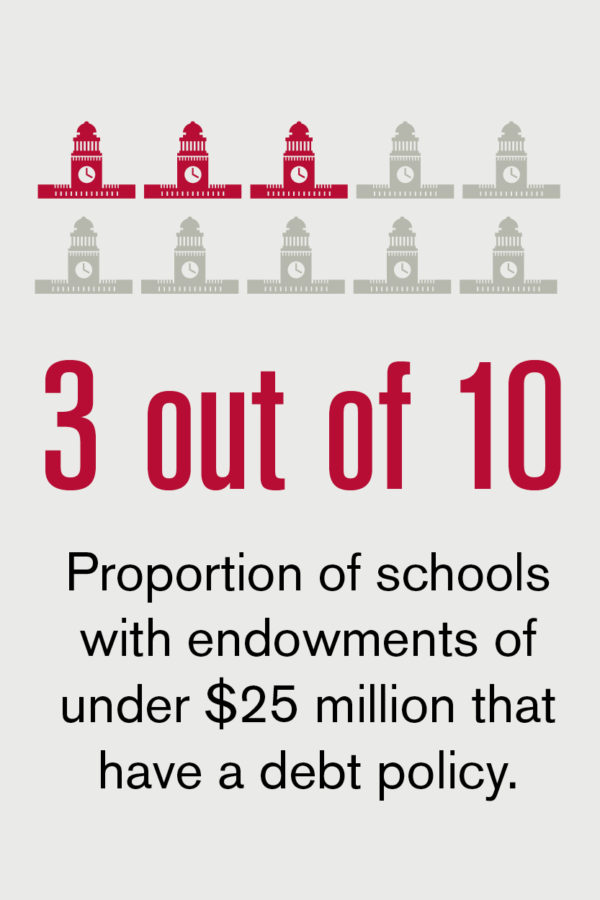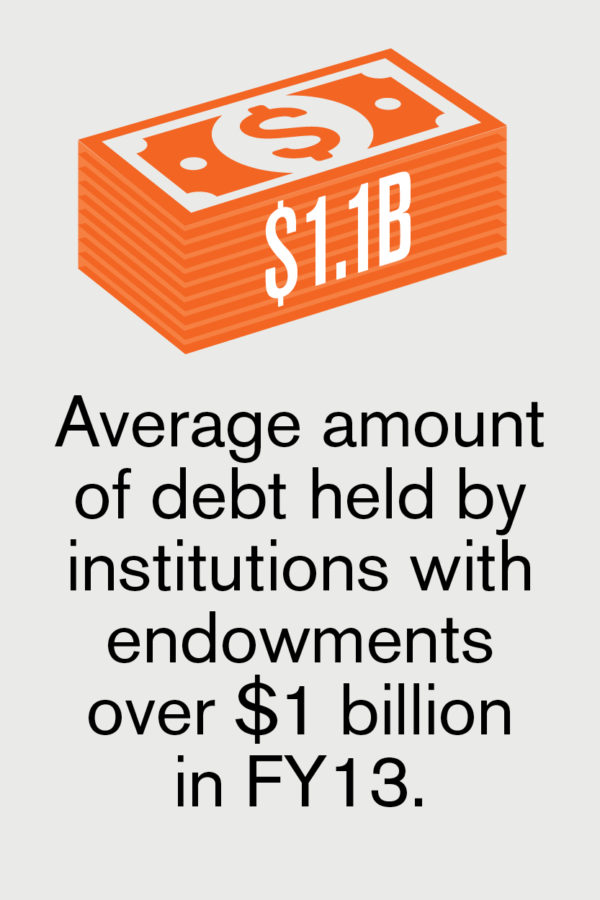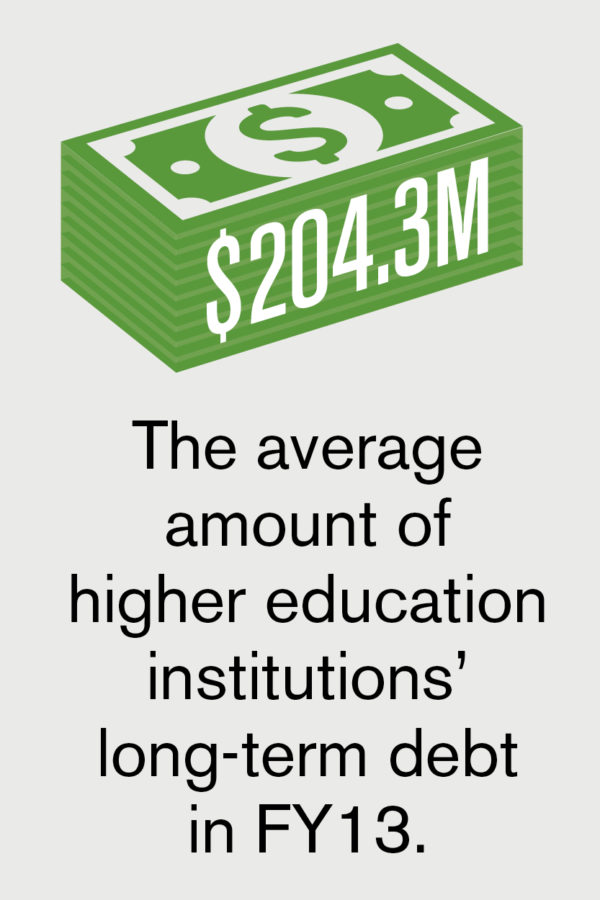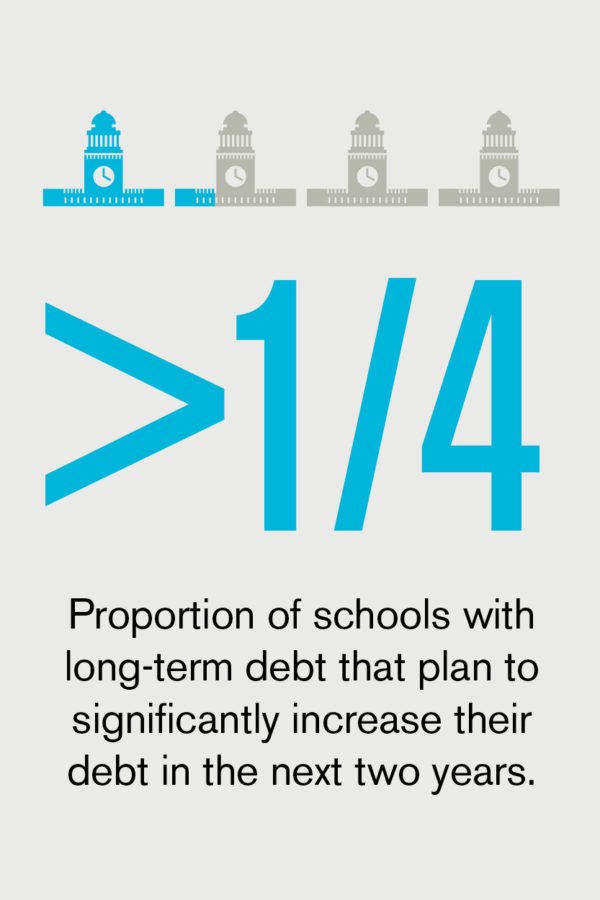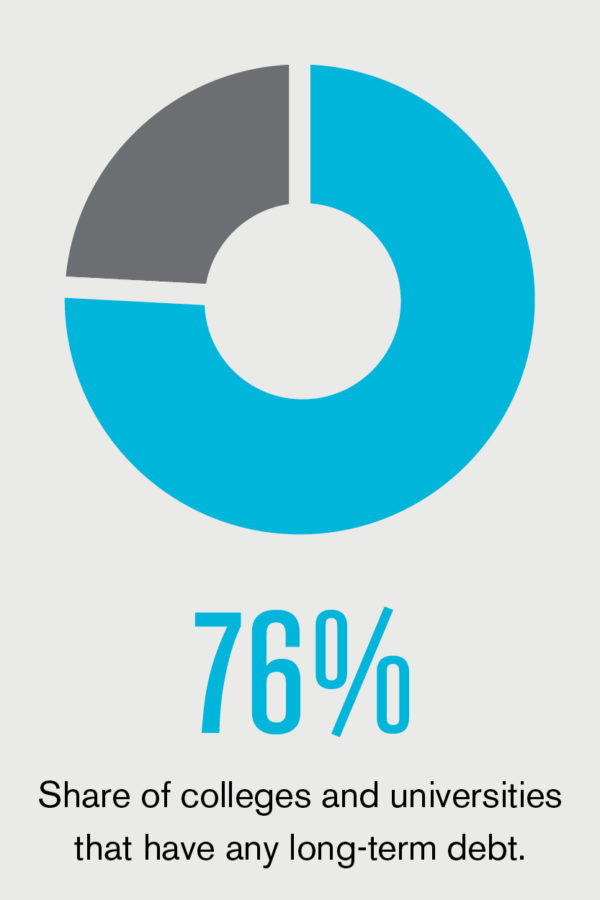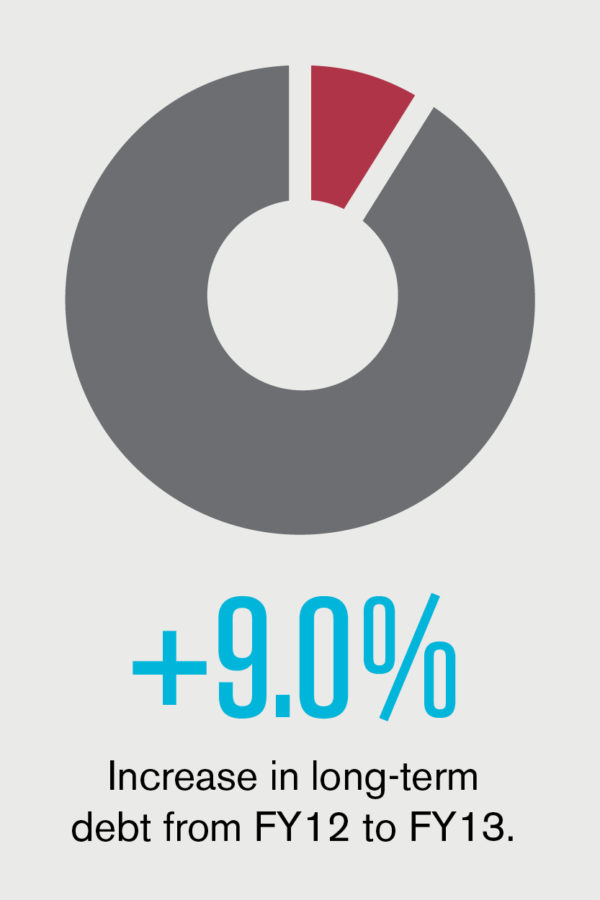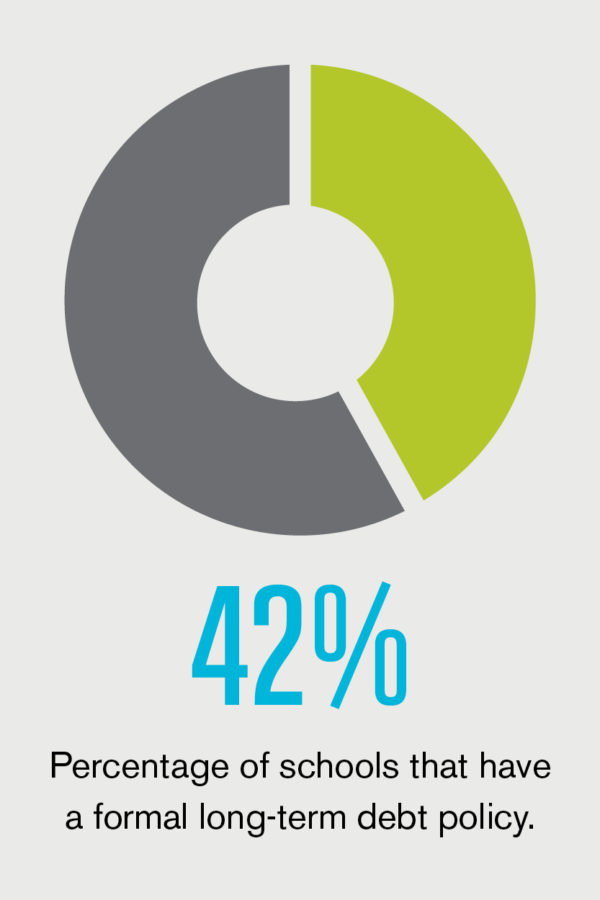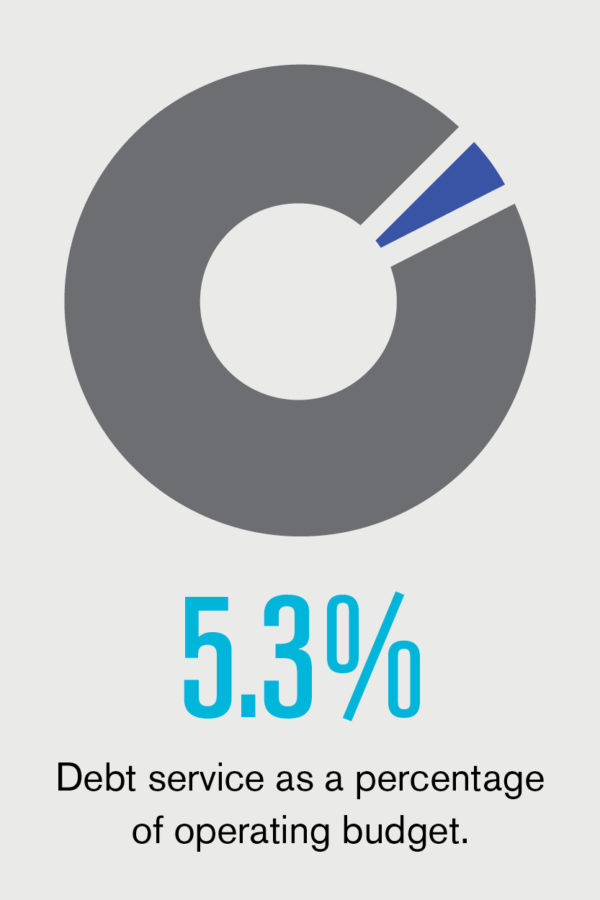ORGANIZATIONAL EFFECTIVENESSMany cities and towns are concerned about retaining the talented graduates that their local colleges and universities produce. In Rhode Island—which holds the highest percentage of out-of-state college students of any state in the country—policy makers and business leaders have been interested in how to capitalize on this annual in-migration for long-term economic development.
In 2009, the Association of Independent Colleges and Universities of Rhode Island (AICU Rhode Island), a consortium of the eight private colleges and universities in the state, convened community leaders and higher education officials to consider new strategies to develop the state’s workforce. Hit especially hard by the recession, Rhode Island recognized the need to refocus its economic development—a move that would require an educated workforce with skills aligning with job requirements.
Building a Coalition
One perceived obstacle in addressing this challenge was a lack of connection between students and local employers. Many felt that due to a lack of exposure to area businesses, students were not considering Rhode Island as a viable location to start a career. To explore this topic in more depth, AICU Rhode Island began bRIdge, an initiative backed by a commitment totaling $240,000 over three years by member institutions.
In 2010, AICU Rhode Island conducted a survey of nearly 2,000 alumni that examined the common experiences among those who chose to stay in the state after graduation (http://aicuri.org/bridge-report-collegia-2011). The study clearly demonstrated that graduates’ decisions about where to locate were driven by employment opportunities. For those who chose to leave, 42 percent indicated that job prospects were better elsewhere; 19 percent said they simply wanted to live closer to home. Given the large percentage of out-of-state students and the fact that the Rhode Island economy does not produce enough jobs to employ the more than 10,000 new graduates each year with bachelor’s degrees in Rhode Island, these results were to be expected.
However, the study revealed that internships significantly improved the likelihood of a student being employed in the state after graduation. Only 12 percent of those without local internship experiences while in college stayed in Rhode Island after graduation. For those who participated in one to two internships, the retention rate jumped to 31 percent.
With this insight, AICU Rhode Island set out to partner with organizations that could help expand the number of internship opportunities in the state. Early partners included the Rhode Island Foundation, the Greater Providence Chamber of Commerce, and the Innovation Providence Implementation Council, followed by the Rhode Island Student Loan Authority (RISLA) and the Governor’s Workforce Board. This coalition is now working together to build a talent pipeline for the local economy.
Strengthening the Talent Pipeline
Over the past year, bRIdge partner organizations have been focused on developing and promoting bRIdge.jobs, an online job board managed by RISLA to connect those seeking internships with employers in Rhode Island. Supported by in-kind contributions from partner organizations, the coalition has also received a grant from the Rhode Island Foundation to increase employer awareness about the benefits of internships.
“Since we launched bRIdge.jobs last year, thousands of students and adults have come to the site to view the hundreds of available internship opportunities,” says Charles P. Kelly, RISLA executive director.
In addition to connecting students and employers, the site also features tools to help employers create new internship programs. One example is the Employer Resource Guide, which was developed collaboratively by career services representatives from each of the 11 public and private colleges and universities in Rhode Island. Offline internship seminars have also been conducted through partnerships between colleges and their surrounding chambers of commerce, providing further assistance to employers in the early stages of developing their programs.
“It is extremely important for institutions of higher learning to continually identify the skill sets demanded in today’s ever-evolving workforce and to prepare students with the tools to meet those demands,” says Jane Gerety, AICU Rhode Island board chair and president of Salve Regina University, Newport. “It is equally important that we foster networking relationships to bridge academia and the business community.”
SUBMITTED BY Adam Leonard, communications coordinator, Association of Independent Colleges and Universities of Rhode Island, Providence
If you learn well by example, go to the Web site of the Association for the Advancement of Sustainability in Higher Education and access the AASHE Bulletin weekly newsletter. Among other helpful tidbits, you’ll find a comprehensive compendium of short case studies describing specific eco-efforts on college campuses. Currently analyzing feedback from its members on ways to enhance the publication, the Bulletin redesign team plans a significant revamp of the weekly newsletter and a companion AASHE Bulletin Web site.
Why the enhancements? AASHE recognizes that these changes will allow the association to keep up with the rapid pace of higher education sustainability projects, which the redesign team describes as becoming “more prevalent, inspiring, and innovative.”
Here are two examples of the range of activities the Bulletin covers.
Trash Sculpture Says It All
Volunteers at Oregon State University, Corvallis, assembled a trash monster in time to display at the kickoff of the annual RecycleMania competition in early February—a visual monument to the average person’s production of trash and recyclables during a month. The competition includes several universities, with the winner being the school that collects the greatest number of pounds of recycling and compost per person.
Marketing and development coordinator for campus recycling, Andrea Norris, says this was the first year that the group had worked with trash as well as recyclables. “The visual is kind of striking to see,” she says.
Dickinson College Joins Eco League
The only college consortium in the United States dedicated to sustainability education and the active pursuit of environmental studies within a liberal arts framework, the Eco League has welcomed Dickinson College, Carlisle, Pennsylvania, as its first partnership expansion in 11 years. The consortium includes Northland College, Ashland, Wisconsin; College of the Atlantic, Bar Harbor, Maine; Green Mountain College, Poultney, Vermont; Prescott College, Prescott, Arizona; and Alaska Pacific University, Anchorage. The Eco League provides partner institution students and faculty with experience-based opportunities ranging from exchange programs fostering research in different ecosystems to a faculty scholar-in-residence program.
Dickinson brings to the league partners a number of benefits, including its Center for Sustainability Education, a USDA-certified organic farm, and the Alliance for Aquatic Resource Monitoring, which works across the state on citizen-science initiatives. “Dickinson students are fully dedicated to the liberal arts. They utilize their education, access to amazing facilities, and a dynamic faculty to help drive environmental change,” says Northland College’s president, Michael A. Miller. “Dickinson will provide great opportunities for all of our students and faculty.”
Four out of five employers seek candidates who have broad knowledge in the liberal arts and sciences; 93 percent agree that critical thinking and problem-solving skills, which are the center of a liberal arts education, are more important than a worker’s undergraduate major.
—“How Liberal Arts and Sciences Majors Fare in Employment,” a report released in late January by the Association of American Colleges and Universities and the National Center for Higher Education Management System
Fast Fact
Raising the Bar for Community Colleges
An international organization specifically committed to improving community colleges through innovation, experimentation, and transformation, the League for Innovation in the Community College is accepting nominations for its annual Innovation of the Year awards. The nationwide recognition is designed to highlight faculty, staff, and administrators at member colleges who have created and implemented innovative programs, practices, partnerships, policies, and activities that improve the institution’s ability to serve students and the community. The deadline for this year’s submissions is April 12.
Sinclair Community College, Dayton, Ohio, for example, was honored with one of the 2013 awards for its project “360º Student Services: Engaging the Online Student From Prospect to Degree.” The project grew out of a 2010 self-evaluation of SinclairOnline, which was serving a student population that had tripled in three years. The distance learning staff took steps to become a student-centric, one-stop shop for online students, creating tools to streamline registration and enrollment and assess online readiness.
Higher Education Receives Record Donations
Nearly $34 billion in 2013—that’s the amount of contributions to U.S. colleges and universities in 2013. Representing a 9 percent increase over 2012, the $33.8 billion total, reported in the Council for Aid to Education’s Voluntary Support of Education survey, is the highest recorded in the survey’s history.
Giving from all sources except corporations tracked growth in 2013, with alumni contributions of an increased $1.3 billion the primary source of the $2.8 billion increase in total support. In a rebound from the recession, giving levels have gradually recovered from the 2009 decrease from 2008’s $31.6 billion to $27.9 billion. Among the institutions that responded to the survey, 59.5 percent raised more in 2013 than in 2012.
![]()
By The Numbers
Long-term Institutional Debt, FY13
Source: 2013 NACUBO-Commonfund Study of Endowments





